Lake Powell Water Levels Continue to Drop While Glen Canyon Has Become a Desert Oasis
As Lake Powell’s water levels continue to drop due to a prolonged megadrought, Glen Canyon is reemerging as a lush, vibrant landscape. Once submerged under the reservoir, the canyon is now a desert oasis, brimming with life.
This transformation offers a rare glimpse into how nature can reclaim what was lost, sparking debates on the future of this iconic area.
The Decline of Lake Powell
Lake Powell, created in the 1960s by the Glen Canyon Dam, has seen water levels drop drastically over the last two decades. As of August 2024, the reservoir is only 38.8% full, with water levels at 3,582 feet above sea level.
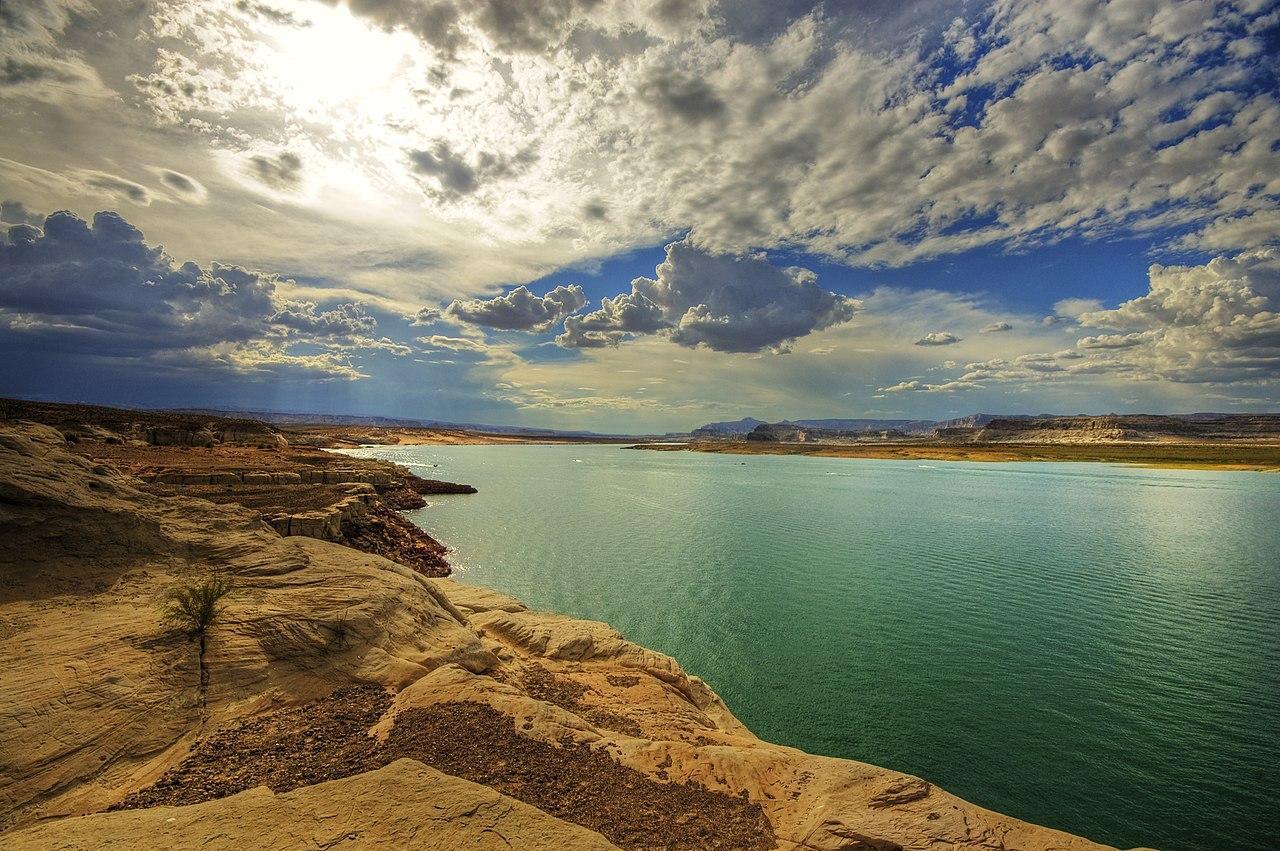
Source: Wikimedia
This megadrought has severely impacted water availability for 40 million people in the southwestern U.S., raising concerns about the future of this crucial water source.
Glen Canyon Reborn
With the retreat of Lake Powell, large parts of Glen Canyon that were underwater for decades have resurfaced. What was once a barren, submerged landscape is now teeming with native plant life.
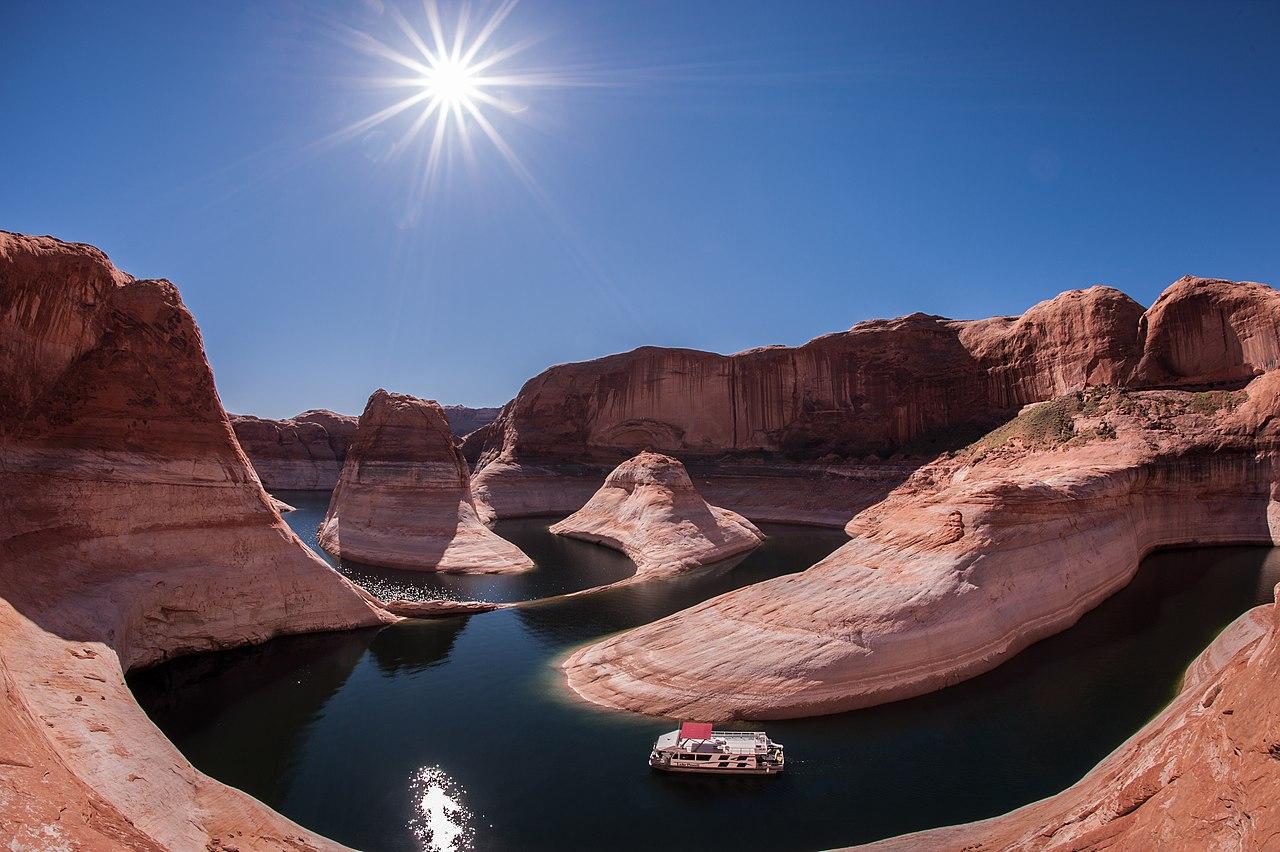
Source: Wikimedia
The re-emergence of the canyon has created a thriving ecosystem, with a diverse array of birds, lizards, and other wildlife making their home in this new desert paradise.
A Second Chance for Glen Canyon
Seth Arens, a scientist with the University of Colorado, notes that “Nature has given us a second chance to reevaluate how we’re going to manage this place.” The thriving ecosystem in Glen Canyon is a testament to nature’s resilience.
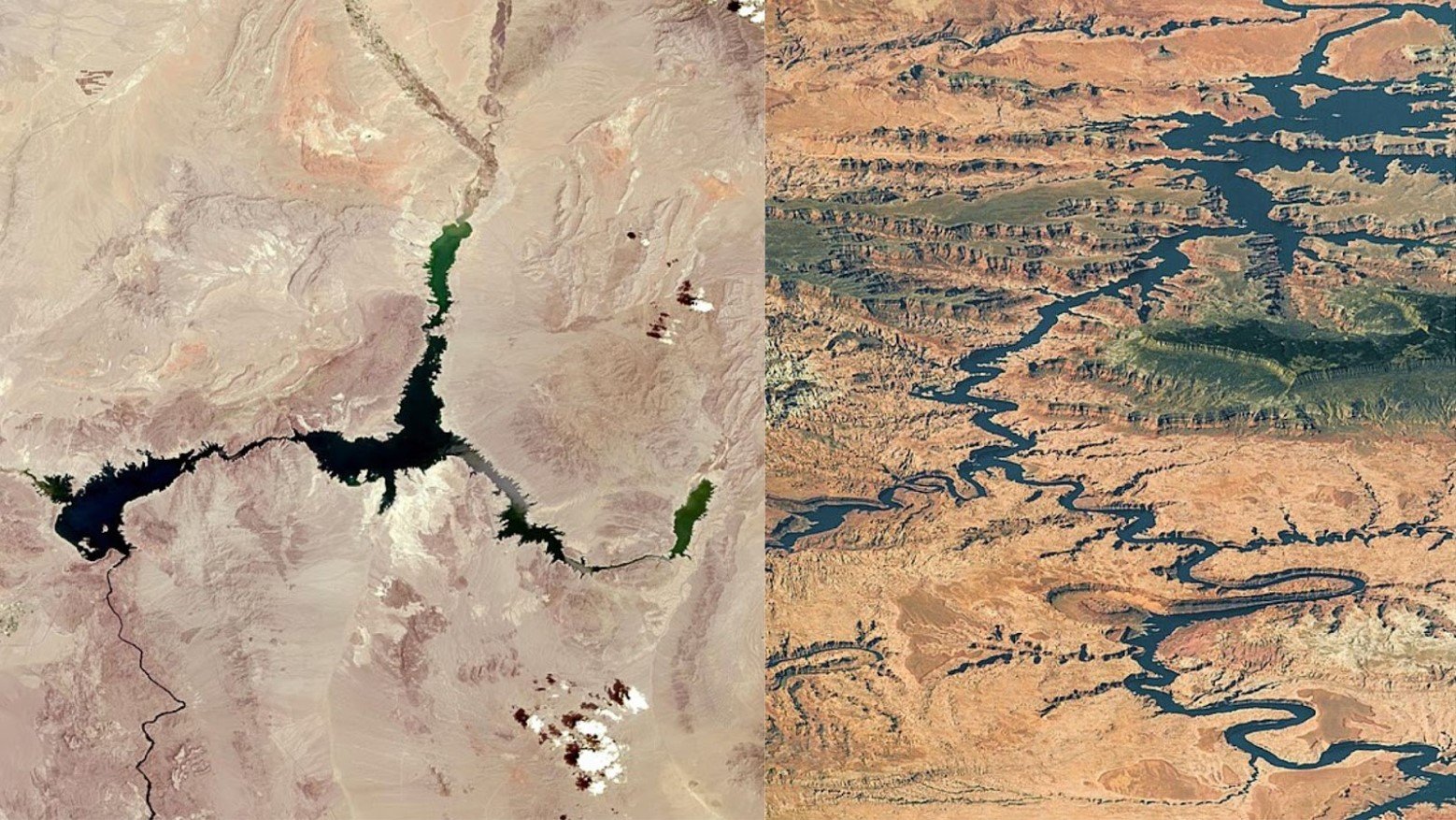
Source: Wikipedia/Wikipedia
Many researchers believe that this could be an opportunity to reconsider water management strategies, allowing the ecosystem to flourish.
The Debate Over Water Levels
The transformation of Glen Canyon has ignited a debate over whether Lake Powell should be kept at its current low levels or refilled to its previous capacity.

Source: Freepik
While some argue that the reemerged canyon offers unique ecological benefits, others stress the importance of the reservoir for water storage and hydroelectric power, essential for the southwestern U.S.
The Importance of Lake Powell
Lake Powell isn’t just a picturesque reservoir—it plays a critical role in water supply and power generation. The Colorado River, which feeds into the lake, supports 40 million people, including major cities, farmers, and tribes.

Source: Wikimedia
If the reservoir’s water levels drop to 3,370 feet—the “dead pool” level—hydroelectric power generation will cease, leading to severe consequences.
The Resilient Ecosystem of Glen Canyon
As water levels have fallen, Glen Canyon has become a hub for native vegetation, attracting a variety of wildlife. The area now boasts a rich ecosystem, filled with plants like willows and cottonwoods, which were once submerged.

Source: Freepik
This transformation challenges the idea that the canyon is only valuable as a water storage site, highlighting its ecological significance.
Threat of Invasive Species
Despite the ecological revival, the reemerged Glen Canyon faces challenges from invasive species like tamarisk and Russian thistle. These plants, which thrive in dry, disturbed areas, pose a threat to the native vegetation.
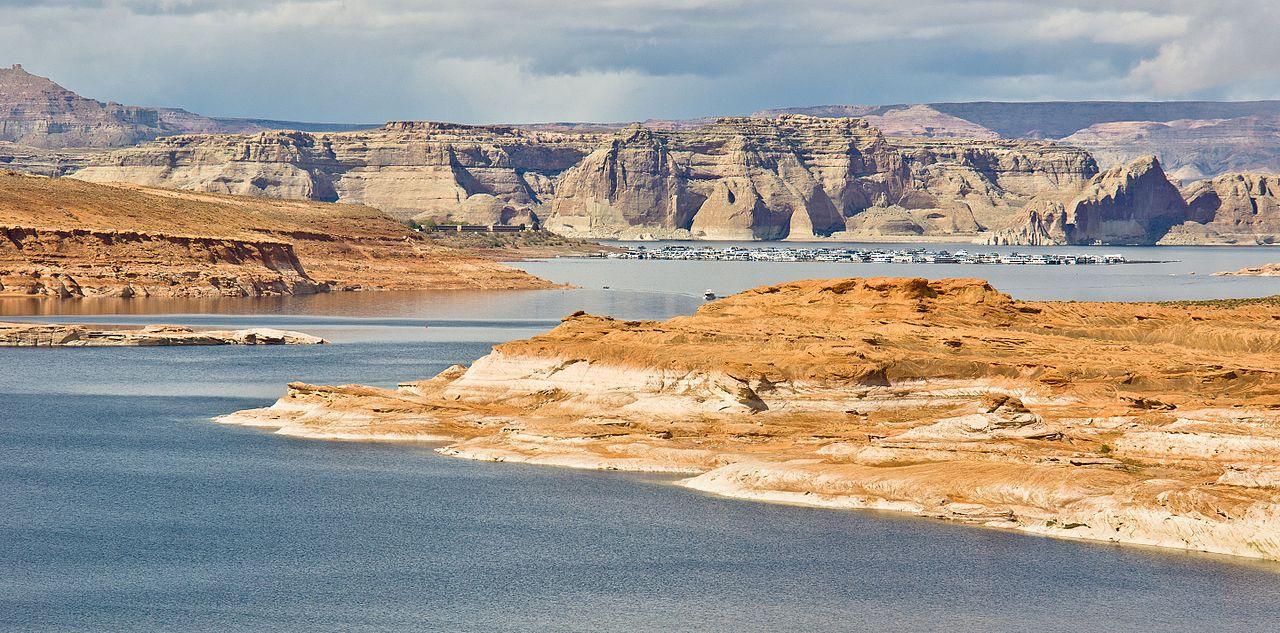
Source: Wikimedia
The Bureau of Reclamation has expressed concerns about these species overtaking the newly exposed land, complicating efforts to preserve the natural ecosystem.
Advocates for a New Management Approach
Environmentalists and some researchers argue for a new approach to managing Lake Powell. Eric Balken, director of the Glen Canyon Institute, states, “There is a serious ecological consequence to putting water in this reservoir.”
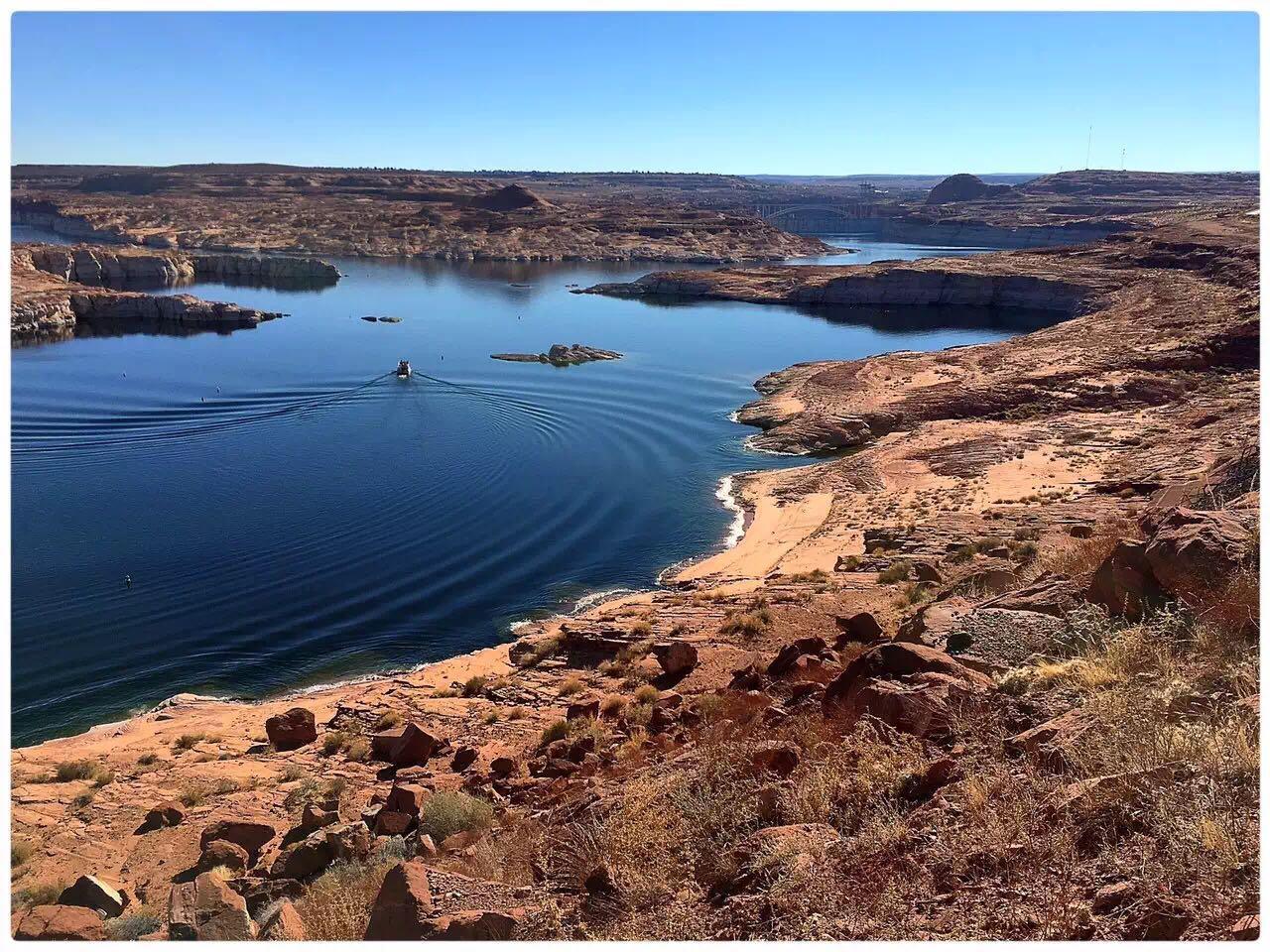
Source: Wikimedia
Advocates believe that the thriving ecosystem in Glen Canyon should be prioritized, even if it means rethinking water storage strategies for the region.
Balancing Water Needs and Ecological Preservation
The debate over Lake Powell reflects broader challenges in balancing human needs with environmental conservation. On one hand, the reservoir is crucial for water security in the arid Southwest.

Source: rawpixel.com/Freepik
On the other, the revival of Glen Canyon offers an opportunity to protect a unique ecosystem.
The Future of Lake Powell and Glen Canyon
As discussions continue, the future of Lake Powell and Glen Canyon remains uncertain. Will the reservoir be refilled, or will it be allowed to drain further, giving the canyon room to thrive?
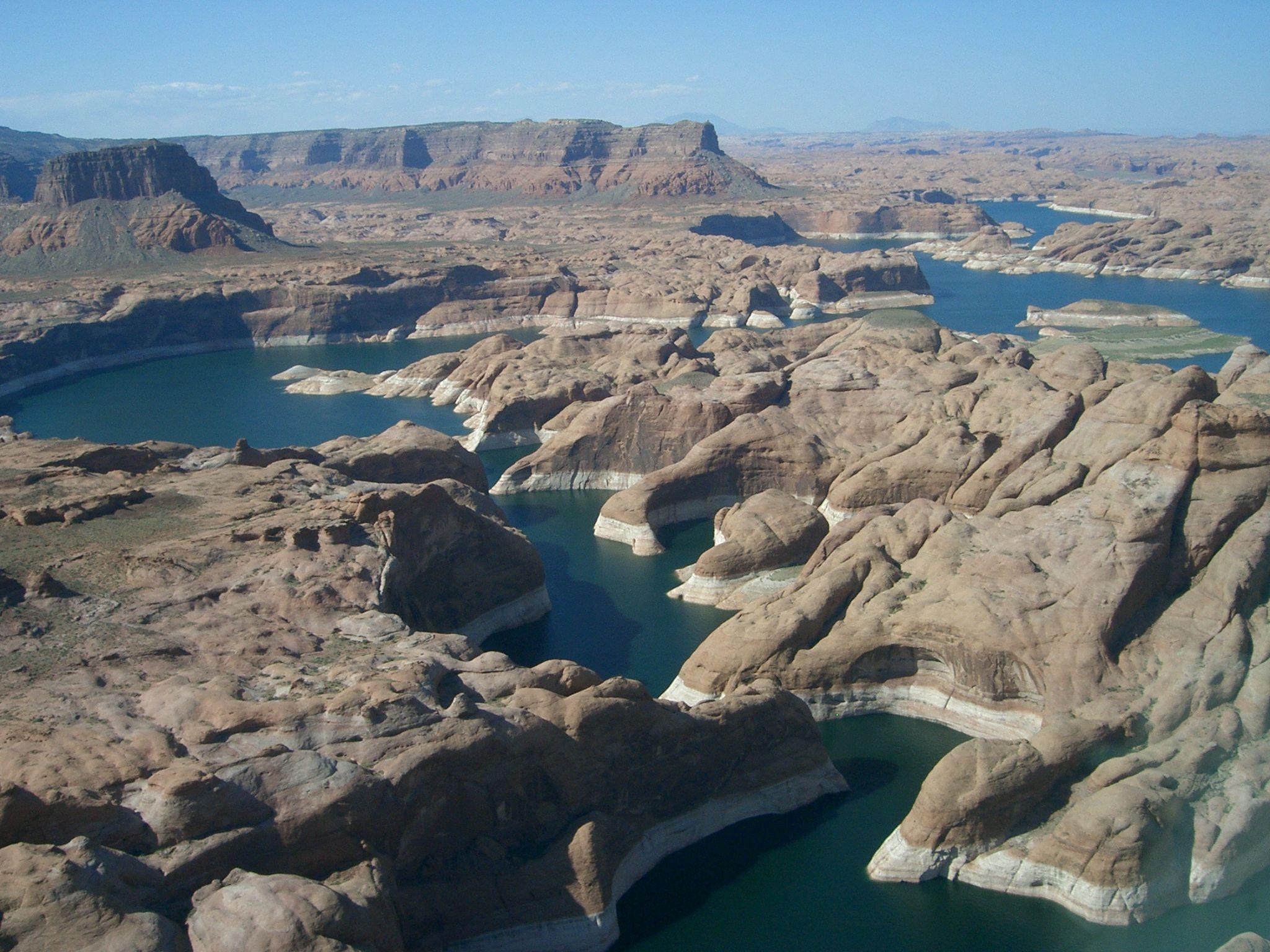
Source: Wikimedia
The decision will have far-reaching implications, not only for the ecosystem but also for the millions of people who rely on the Colorado River’s water.
A Call to Reevaluate Water Management
The situation at Lake Powell conveys the need to reassess water management practices in the Southwest.

Source: Freepik
As climate change continues to impact water resources, innovative solutions will be necessary to ensure both water security and ecological preservation.
